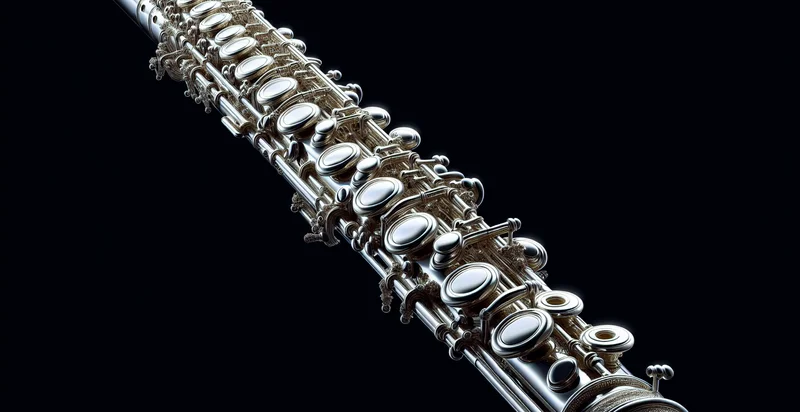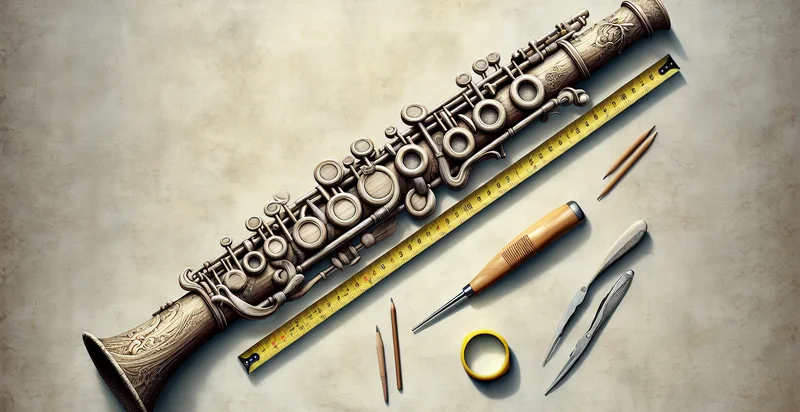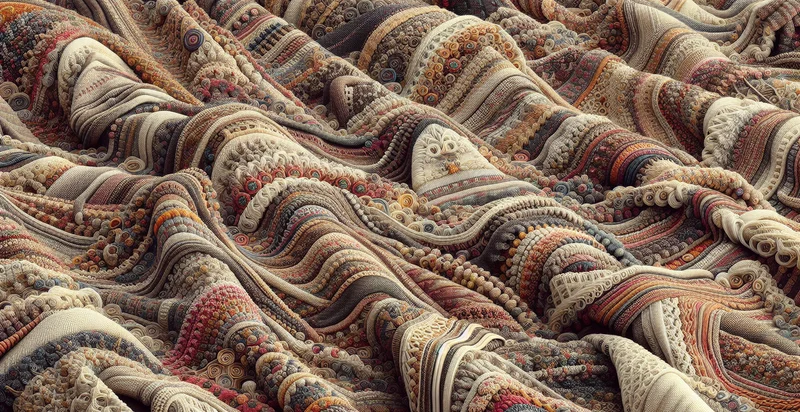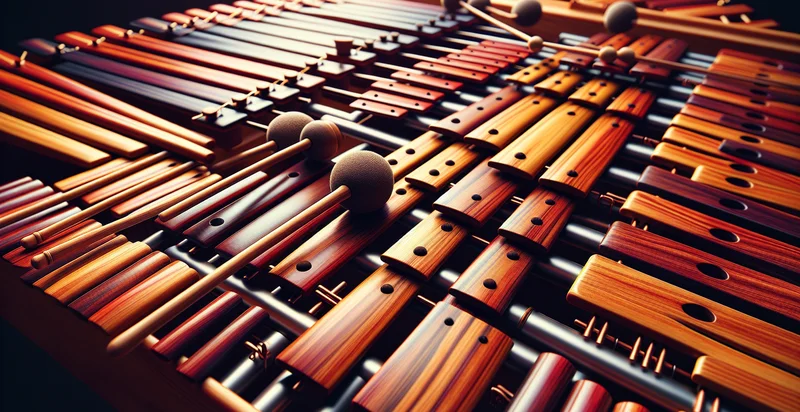Identify what material a flute is made from
using AI
Below is a free classifier to identify what material a flute is made from. Just upload your image, and our AI will predict what material a flute is made from - in just seconds.

Contact us for API access
Or, use Nyckel to build highly-accurate custom classifiers in just minutes. No PhD required.
Get started
import nyckel
credentials = nyckel.Credentials("YOUR_CLIENT_ID", "YOUR_CLIENT_SECRET")
nyckel.invoke("what-material-a-flute-is-made-from", "your_image_url", credentials)
fetch('https://www.nyckel.com/v1/functions/what-material-a-flute-is-made-from/invoke', {
method: 'POST',
headers: {
'Authorization': 'Bearer ' + 'YOUR_BEARER_TOKEN',
'Content-Type': 'application/json',
},
body: JSON.stringify(
{"data": "your_image_url"}
)
})
.then(response => response.json())
.then(data => console.log(data));
curl -X POST \
-H "Content-Type: application/json" \
-H "Authorization: Bearer YOUR_BEARER_TOKEN" \
-d '{"data": "your_image_url"}' \
https://www.nyckel.com/v1/functions/what-material-a-flute-is-made-from/invoke
How this classifier works
To start, upload your image. Our AI tool will then predict what material a flute is made from.
This pretrained image model uses a Nyckel-created dataset and has 15 labels, including Acrylic, Aluminum, Bamboo, Brass, Bronze, Ceramic, Composite, Copper, Gold and Ivory.
We'll also show a confidence score (the higher the number, the more confident the AI model is around what material a flute is made from).
Whether you're just curious or building what material a flute is made from detection into your application, we hope our classifier proves helpful.
Related Classifiers
Need to identify what material a flute is made from at scale?
Get API or Zapier access to this classifier for free. It's perfect for:
- Material Verification for Sellers: Flute sellers can utilize this classification function to verify the material of the instruments they are selling. This ensures that product descriptions are accurate, helping to build trust with customers and minimize returns due to discrepancies.
- Quality Assessment for Manufacturers: Flute manufacturers can integrate this function into their quality control processes to automatically classify the material of flutes during production. This aids in ensuring consistency and quality across batches, helping manufacturers meet industry standards.
- Educational Tools for Music Schools: Music education institutions can use this function in their curriculums to teach students about different flute materials and their acoustic properties. This enhances the learning experience by providing practical insights into how material affects sound.
- Accurate Appraisal for Collectors: Musical instrument appraisers can incorporate this classification tool to accurately assess and appraise flutes for collectors. By knowing the material, appraisers can provide a more precise market value, benefiting both buyers and sellers.
- Customization Recommendations for Players: Flute players seeking customization options can use this function to identify the materials of their current instruments, enabling them to make informed decisions about upgrades or modifications. This personalization helps enhance their playing experience.
- Preservation and Restoration Guidance: Museums and restoration experts can leverage this classification function to determine the materials of historical flutes. Knowing the materials allows for proper preservation techniques and guides restoration efforts that maintain the instrument's integrity.
- Market Research for Material Trends: Market researchers can analyze the data generated by this classification tool to identify trends in flute materials over time. Understanding these trends can help manufacturers and retailers adjust their product lines to meet evolving consumer preferences.


